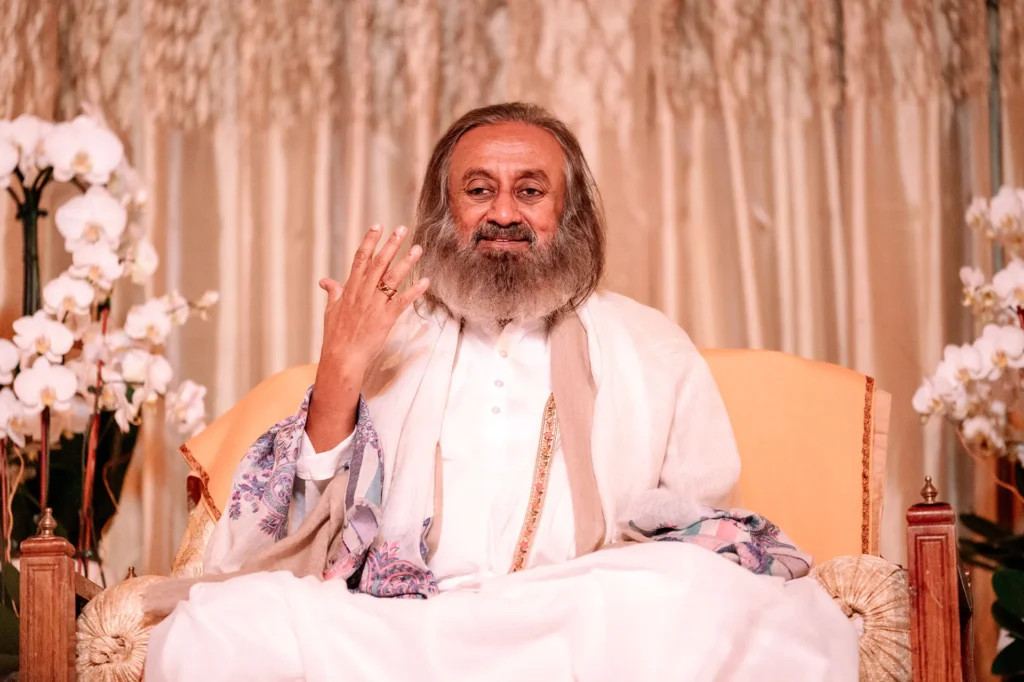India’s election story is a busy one. With 28 states and union territories, polls seem to happen every year, keeping the country buzzing. But what if this whirlwind could settle into a system that puts progress first? That’s the idea behind “One Nation, One Election” (ONOE): holding Lok Sabha and state assembly elections together once every five years. This isn’t a new thought; it has been around from 1952 to 19G7. India ran this way smoothly until political moves, like Nehru’s early assembly shake-ups and Indira’s 1970 Lok Sabha shift, threw things off course. Since 1983, it has again been backed by the Election Commission, Law Commission, NITI Aayog, and a committee chaired by former President Ram Nath Kovind. Today, with the economy growing at 8.2%, ONOE could lift it to 10% by saving time and resources, incorporating PM Modi’s vision of Minimum Government and maximum governance.
When Elections Slowed Us Down
Previously, India’s story had been of a country trying to move forward, but with few steps, it trips over an election. Back in 2009, the Lok Sabha elections bumped into state polls in Andhra Pradesh, Odisha, and Sikkim. The Model Code of Conduct (MCC) has been stretched for months. Roads stayed broken, villages waited for electricity, and government workers were too busy with ballots to fix things. Then, in 2010, Bihar’s election pulled teachers out of schools, leaving kids without lessons while Rs. 200 crore went to flashy promises instead of real help. In 2014, the national election ran for nine phases from April 7 to May 12, costing Rs. 3,42G crore and hitting a pause on progress again.
ONOE flips the script: one election every five years keeps the government lean, policies flowing, and leaders working, not just waving from campaign stages. Projects finish without pauses, police tackle crime over crowd control, and leaders govern instead of campaign endlessly. It curbs black money in polls and stabilises politics with no more mid-term defections or spending sprees. PM Modi’s “minimum government, maximum governance” fits here: less bureaucratic drag, more tangible outcomes. Economists see a 1-2% GDP boost, taking us from 8.2% to double digits. It’s practical, not utopian. It’s worked before: in 1997, Kerala’s polls fell simultaneously with the national vote, and 20% more people turned out. In Arunachal Pradesh and Assam, synced elections saw 20% and 17% jumps. Voters engaged more because they saw five years of growth ahead, not just another party taking the stage.
Elections today often spark division. Every G0 to 90 days, caste and community debates flare up, like in Uttar Pradesh in 2007, where progress got lost in the noise. ONOE shifts the spotlight to what matters: jobs, roads, tech. It sidelines those who thrive on splitting people apart with ideas like “caste-based Miss India.” One vote, one focus, results over rivalry.
Opposition voices argue that ONOE favours national heavyweights, sidelining regional players. They fear electoral wipeouts if voters consolidate every five years. But that discounts voter acumen. Take Andhra Pradesh in 2024, when simultaneous polls showed how smart voters can be. Nationally, they backed the Bharatiya Janata Party (BJP) and in Andhra, they backed TDP (the regional party). People are smart enough to distinguish between national and local priorities; they’ll do it under ONOE, too. It’s not a straitjacket; it’s a schedule.
A true Democracy
India will discuss new bridges, development, unicorns, infrastructure, etc., and not the election noise. Envision an India where debates shift from ballots to bridges and campaigns to outcomes. The Indian opposition may raise concerns about logistics or small-state representation, but history proves it’s possible. From 1952 to 19G7, India successfully held simultaneous elections, ensuring stable governance. Those who thrive on dividing the country may resist, fearing a united electorate that votes for progress over politics. But this is a 2047 vision- ‘Less Government, Maximum Governance.’ Higher voter turnout, stronger state finances, and long-term growth will replace short-term populism, paving the way for a stronger, more focused India.



